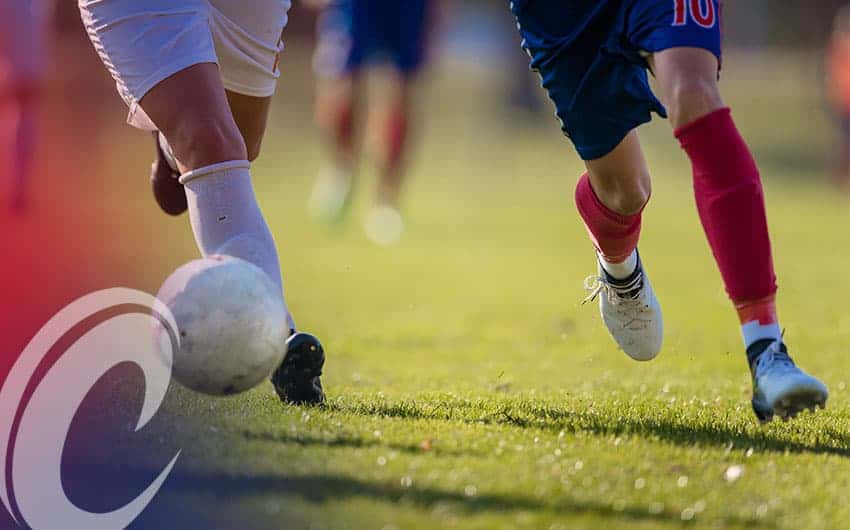One of the most dreaded injuries in all of sports would be tearing of the ACL (which stands for anterior cruciate ligament). This ligament crosses the front portion of the knee along with the PCL, which sits just behind it to form an “X”. The ACL allows the knee to extend and for the knee to lock out or straighten. In addition, it keeps the knee stable when the athlete is cutting quickly and forcefully. Therefore, it is a crucial ligament to protect and keep intact for every athlete, but especially in sports where the athlete is cutting regularly.
ACL tears are an extremely common and unfortunate injury that affect many athletes on a regular basis. Interestingly, female athletes are often at a higher risk than male athletes. This is due to several factors, but the largest is due to the fact that females generally have wider hips than males. Therefore, this puts great pressure on their knees. The angle from the hip to the knee is called the Q angle. This Q angle is much wider in women than in men, which can lead to a greater risk for rupturing of the ACL. This does not mean that men cannot tear their ACL. In fact, it is still highly possible for men to tear it as well. However, there are exercises that one can do to help significantly lower the risk of tearing this ligament for athletes.
Many injuries can be prevented through consistent weight lifting and resistance training. ACL tears certainly fall into this category as well, but it is not foolproof, of course. One aspect that should be focused on when doing ACL prevention are single leg strength exercises. This can easily be incorporated into an athlete’s regular strength training program. Throwing in 2-3 single leg strength exercises into a workout is highly doable. (Please reference our single leg strength article for more ideas and information.) Furthermore, a key in maintaining and protecting the ACL is making sure that the athletes quad to hamstring ratio is not significantly disproportional. The hamstrings especially are important in protecting the ACL and knee, as the distal end of the hamstrings wrap around to the front of the knee near the patella. The ratio from quad to hamstring size should be around 2:1. In certain sports, athletes will develop a deficit if they tend to use more of either their quads or hamstrings. For example, sprinters and soccer players can be seen with a much larger quad to hamstrings ratio that looks more like 3 or even 4 to 1. Therefore, this means that if there is a deficit in the hamstrings, there needs to be a focus on strengthening this muscle group. This is highly achievable through incorporating in hamstring-isolated exercises. These exercises could include, but are not limited to, RDLs, hamstring curls, glute bridges, etc.
These are all tips and ideas to take into account when training athletes and preventing ACL tears. Of course, please keep in mind that this will not completely negate the possibility of a tear but they will certainly lower the likelihood of a tear occurring.
Taylor Rowden is a Strength Coach at Compete Sports Performance and Rehab in Lake Forest, California. Taylor graduated from the Master’s University with a degree in Kiniesiology with an emphasis on sports injury and exercise science.

